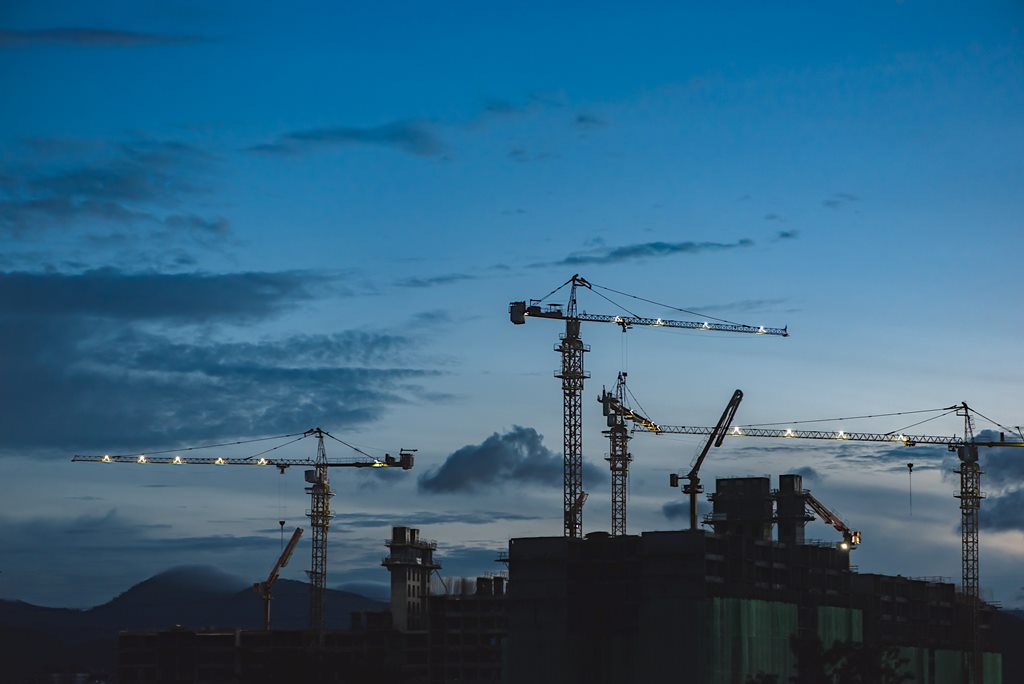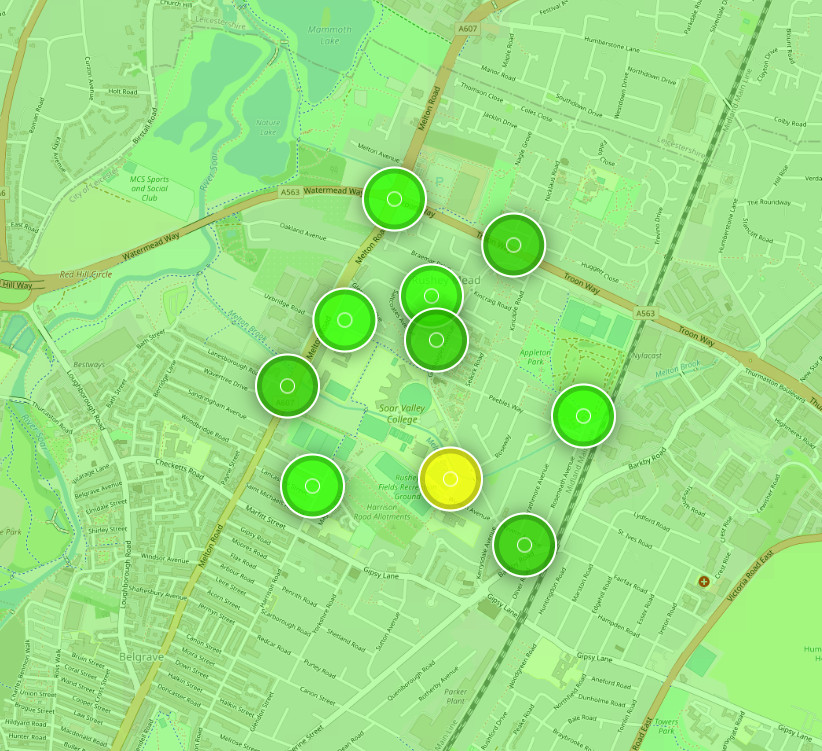Measuring Dust Emissions using EarthSense’s MCERTS Zephyr® Monitors & Construction Suite

Construction is one of many contributors to particulate pollution. A result of operating diesel-powered machinery, demolition and construction, research suggests that building works are responsible for 18% of the UK’s PM10 emissions, and this has been found to be a staggering 30% in London (Impact on Urban Health). To protect the neighbourhoods surrounding construction sites, operators must comply with strict environmental permits and choose the right air quality monitor that both satisfies their permit requirements, but also works flexibly and in line with construction activities.
This is where the Monitoring Certification Scheme (MCERTS) becomes an important factor. MCERTS certifies the data quality coming from monitoring equipment of emissions into air, land, and water. Certified pollution monitors are a non-negotiable for regulatory and safety purposes, like EarthSense’s Zephyr® air quality monitor, which has been approved as compliant with MCERTS performance standards for indicative monitoring of particulate matter (PM2.5 and PM10).

Taking this into account, EarthSense has taken an alternative approach to monitoring dust emissions as its new construction suite covers all angles of air quality monitoring. The suite starts with the Zephyr® monitor, offering MCERTS data quality for simultaneous PM2.5 and PM10 monitoring to meet local permit requirements. With live measurements of NO, NO2, O3, SO2, CO, H2S, CO2, TVOC (key gaseous pollutants) together with wind speed and direction, the Zephyr® can help provide a detailed understanding of air quality across sites, delivering the data needed to protect the local community and on-site staff from exposure to harmful pollutants.
To ensure all dust monitoring locations are covered, including those where monitoring dust emissions may be challenging, the suite offers a level of flexibility due to the various power options for the Zephyr®. Choose from using a solar panel, connect to mains power, or run for up to three months on an external battery source – no longer do monitoring locations become compromised due to a lack of power. The flexibility also provides a range of options as sites transition through different stages of development. Walk-away confidence is another important consideration during equipment installation, and EarthSense’s Companion App provides an intuitive way to check the status of instruments. Using a phone or tablet, professionals can now connect to Zephyr® monitors via Bluetooth and check functional statuses, making it quick and easy to check operation, even if units are out of reach.

Once Zephyr® networks are up and running, air quality data is automatically transmitted to EarthSense’s data application, MyAir®. Within the app, configurable air pollution alerts can be set up and sent via email or SMS, enabling on-site managers to know where and when to act immediately. Construction professionals can now quickly and easily access the web app and use dust data for regulatory reasons, be it for traceability to evidence compliance with local policies, responding to local complaints, impact assessments or reporting compliance with dust management plans.
EarthSense’s air quality service is providing the basis for safer practices across the world. It might be for the simplicity of connecting to a Zephyr® network, or for its MCERTS certified data quality, EarthSense have trusted solutions for construction, consultants, local authorities and more.
Find out more by signing up to EarthSense’s webinar: www.earthsense.co.uk/mcerts-webinar.
